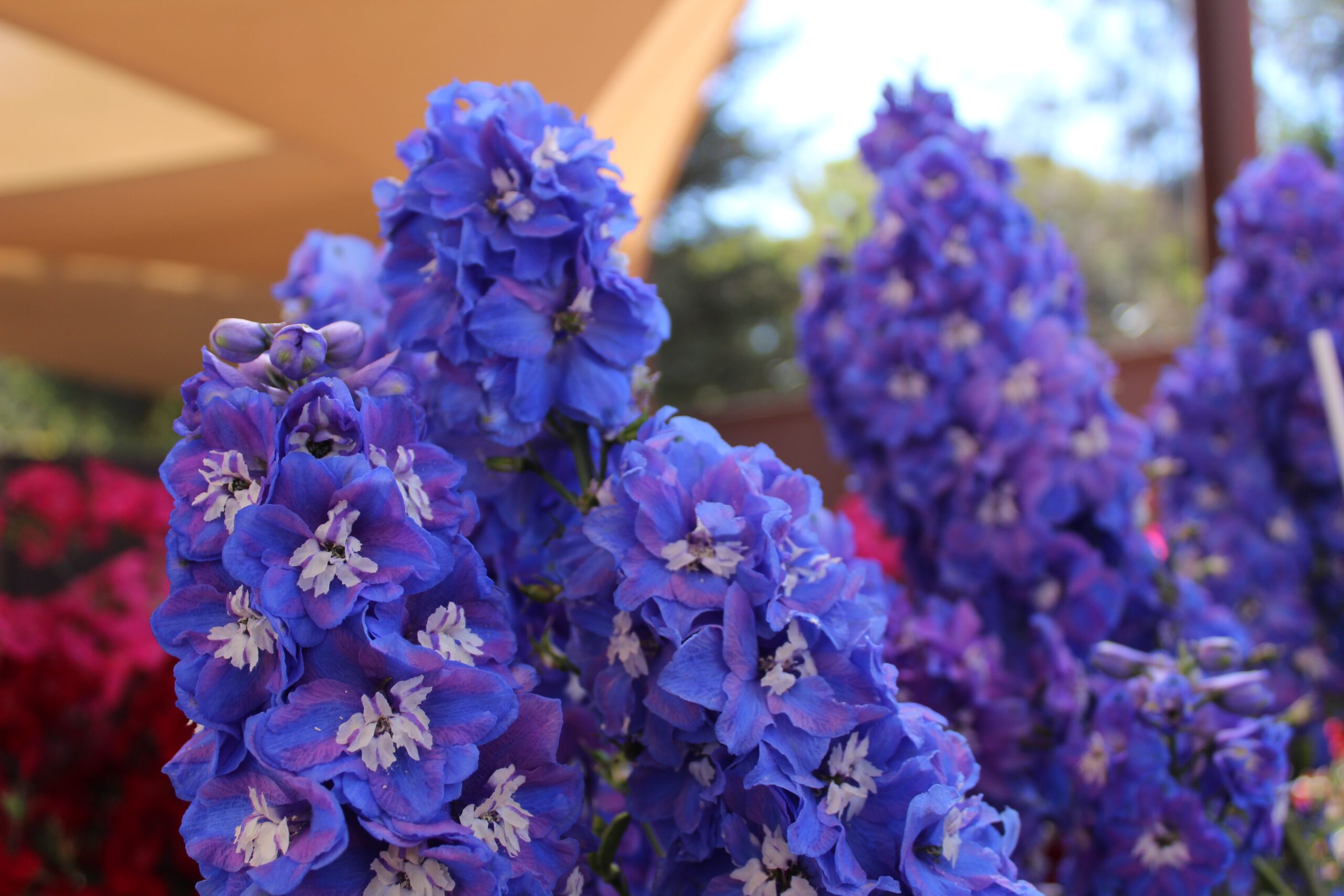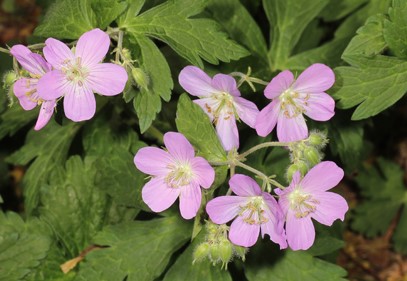By Claudette Sims, Halton Master Gardener
Perennials
Stake and support tall plants (e.g. peonies, delphiniums) or give them a “Chelsea chop” (e.g. ironweed, asters, goldenrods) to keep them shorter and encourage more stems and blooms.
Roses
Prune laterals of climbing roses to 6–8”/16–20 cm after blooming to keep them flowering. Here’s a great video on how to do it:
Prune spring-flowering shrubs as necessary after they have bloomed. Overgrown shrubs may benefit from rejuvenation pruning.
Veggies
Stake or cage vegetables like tomatoes and beans as needed. Mound potatoes to maximize production and protect tubers from sun exposure.
Direct-sow warm season veggies such as corn, beans, cukes, and squash, and flowering annuals, such as nasturtiums and cosmos.
Lawn
Feed soil with fine compost or organic fertilizer. Mow high (3”/7.5 cm). Pull weeds on a weekly basis. Find more information on healthy lawns at this link.
Weeding
Watch for bindweed, Epitactis helleborine, European buckthorn, multiflora rose, Norway maple seedlings, and garlic mustard.
Invasive plants
Remove the 28 invasive plants as recommended by the Auditor General
of Ontario’s Management of Invasive Species Report (p. 23 and 26).
House plants
Gradually place outside for a “holiday” to a shady protected area, then move to a suitable sun or shade location as needed.
Pest control and pollination services
Remember that most bugs just eat other bugs. Plant native plants and small-flowered plants like dill, fennel, parsley, and alyssum to attract beneficial insects including hover flies, which are aphid assassins as well as great pollinators!
Squash bugs
All you need is duct tape and this cool video:
Japanese beetles appear in June. Take necessary steps for their control: hand pick, knock into a bucket of soapy water, or use a hand vacuum to suck them up!
Earwigs
Trap in paper straws (paper rolled up and secured with masking tape) left in the garden where earwigs are present. Each day, tap the paper straw against a bucket of soapy water to empty the trap, then return to the
garden.
Consider adding these native plants to dry shade areas of your garden:
Wild geranium
Purple-flowering raspberry
Bluestem goldenrod
Elymus hystrix (bottle brush grass)







